Introduction
Stir-fried noodles, a culinary staple across many Asian cultures, offer a delightful blend of flavors, textures, and aromas that can captivate even the most discerning palate. From the crispiness of the noodles to the umami-rich sauce, every bite is a journey through a symphony of tastes. But how do you create a dish that stands out, one that leaves your guests asking for the recipe? This guide delves into the intricacies of making stir-fried noodles, sharing tips, tricks, and techniques to elevate your cooking to new heights.
Understanding the Ingredients
Before diving into the cooking process, it’s crucial to understand the key ingredients and their roles in crafting a delicious stir-fry.
Noodles: The foundation of any stir-fried noodle dish, the type of noodle you choose will significantly impact the final outcome. Common options include:
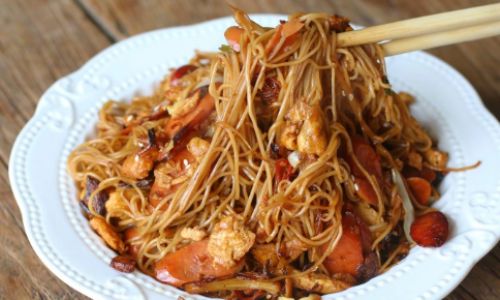
- Lo Mein Noodles: Thicker and slightly chewier, these are ideal for hearty dishes.
- Soba Noodles: Made from buckwheat, they offer a nutty flavor and are gluten-free.
- Rice Noodles: Thin and translucent, they absorb flavors well and are perfect for dishes like Pad Thai.
- Udon Noodles: Thick and chewy, often used in Japanese cuisine.
- Instant Noodles: While not traditional, they can add a nostalgic twist to your stir-fry.
Sauce: The sauce is the soul of stir-fried noodles, providing the umami and balance that makes the dish sing. A basic stir-fry sauce might include:
- Soy Sauce: For saltiness and a hint of soy flavor.
- Oyster Sauce: Adds a rich, savory depth.
- Hoisin Sauce: Sweet and tangy, it balances out the saltiness.
- Sesame Oil: A drizzle for aroma and nutty flavor.
- Rice Vinegar: A touch for acidity and brightness.
- Sugar or Honey: To balance out the salt and add sweetness.
- Cornstarch Slurry: To thicken the sauce if needed.
Vegetables and Proteins: The variety and freshness of your ingredients can make or break the dish. Popular choices include:
- Vegetables: Bell peppers, broccoli, snap peas, carrots, baby corn, and mushrooms.
- Proteins: Chicken, shrimp, tofu, beef, or pork.
- Aromatics: Garlic, ginger, and scallions, which form the base flavor of the stir-fry.
Garnishes: Don’t overlook the power of garnishes. They can elevate your dish visually and add an extra layer of flavor. Common garnishes include:
- Chopped Scallions: For a fresh, oniony flavor.
- Cilantro: Bright and herbal.
- Sesame Seeds: Toasted for nutty crunch.
- Lime Wedges: For a squeeze of freshness.
- Chili Flakes: For a spicy kick.
Preparation Techniques
The secret to a successful stir-fry lies in meticulous preparation. Here’s how to set yourself up for success:
Prep Your Ingredients:
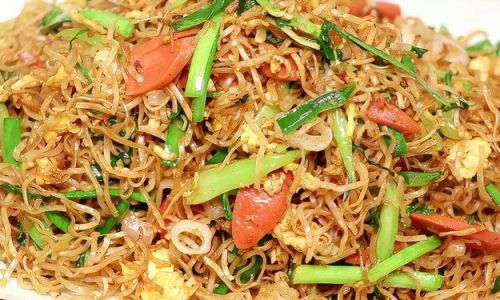
- Slice vegetables into uniform pieces so they cook evenly.
- Marinate proteins with a bit of soy sauce, cornstarch, and oil to tenderize and flavor.
- Measure out all your sauce ingredients beforehand to avoid慌乱 during cooking.
Blanch Vegetables:
- Blanching vegetables before stir-frying ensures they are tender but still retain some crispness.
- Use boiling salted water and plunge the vegetables in for a minute or two, then quickly transfer to an ice bath to stop the cooking process.
Cook Noodles Al Dente:
- Follow package instructions for cooking noodles, aiming for al dente firmness.
- Rinse under cold water to prevent sticking and to remove excess starch.
- Toss with a bit of oil to prevent clumping.
The Stir-Fry Process
Now, let’s dive into the stir-fry itself. The key to a successful stir-fry is high heat, quick cooking, and constant stirring.
Heat Your Pan:
- Use a large wok or heavy-bottomed skillet.
- Preheat over high heat until smoking hot.
- Add a generous amount of oil (vegetable, peanut, or grapeseed oil works well).
Aromatics First:
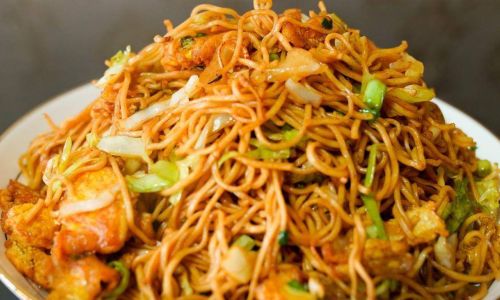
- Add chopped garlic, ginger, and a pinch of salt. Stir-fry until fragrant (about 30 seconds).
- Be careful not to burn the aromatics, as they will turn bitter.
Proteins Next:
- Add marinated proteins to the hot pan in a single layer, avoiding overcrowding.
- Stir-fry until browned on all sides and cooked through. Remove from the pan and set aside.
Vegetables Follow:
- Add vegetables that take longer to cook first (like carrots and broccoli). Stir-fry for a couple of minutes.
- Add quicker-cooking vegetables (like bell peppers and snap peas) and continue to stir-fry until tender-crisp.
Noodles In:
- Push the vegetables to the sides of the pan and add a bit more oil if needed.
- Add the noodles to the center of the pan and drizzle with a bit of sauce to prevent sticking.
- Stir-fry, tossing everything together until the noodles are heated through and slightly crispy on the edges.
Sauce Time:
- Pour the remaining sauce over the noodles and vegetables, stirring constantly to coat everything evenly.
- If the sauce is too thick, add a splash of water or chicken broth. If too thin, add a cornstarch slurry to thicken.
Combine Proteins:
- Add the cooked proteins back into the pan and toss everything together until heated through.
Taste and Adjust:
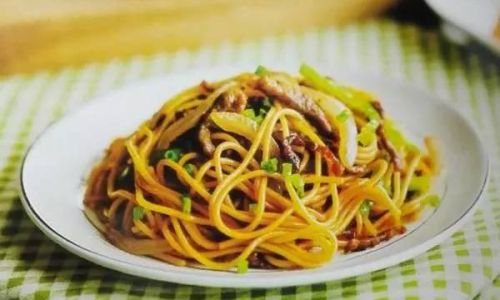
- Taste your stir-fry and adjust seasoning with more soy sauce, sugar, or vinegar as needed.
Garnish and Serve:
- Transfer to a serving platter and garnish with chopped scallions, cilantro, sesame seeds, and lime wedges.
- Serve immediately while hot to enjoy the best texture and flavor.
Advanced Tips and Tricks
- Use High Heat: Stir-fries are cooked over high heat to create a caramelized crust on the ingredients, locking in flavors and textures.
- Don’t Crowd the Pan: Overcrowding will lower the temperature of the pan, leading to soggy noodles and steamed vegetables. Cook in batches if necessary.
- Stir Constantly: This ensures even cooking and prevents burning.
- Seasoning Layers: Build flavor by seasoning at multiple stages—marinating proteins, seasoning aromatics, and tasting and adjusting the sauce.
- Practice Makes Perfect: Like any skill, making stir-fried noodles takes practice. The more you cook, the better you’ll get at balancing flavors and textures.
Conclusion
Making delicious stir-fried noodles is an art that combines precision, passion, and a love for good food. By understanding your ingredients, preparing them thoughtfully, and mastering the stir-fry technique, you can create dishes that are not only satisfying but also memorable. Whether you’re cooking for family, friends, or just yourself, a well-made stir-fry is a rewarding culinary achievement. So, heat up your wok, gather your ingredients, and start stir-frying your way to culinary excellence. Happy cooking!
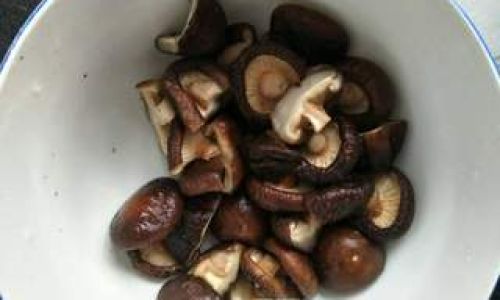
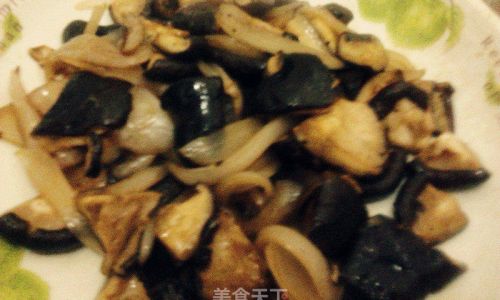


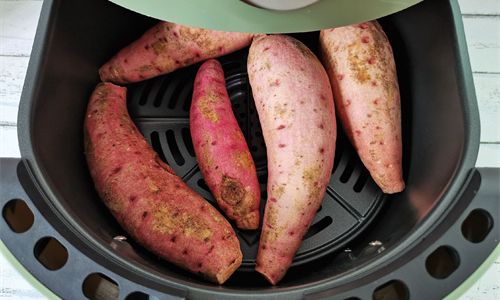
0 comments